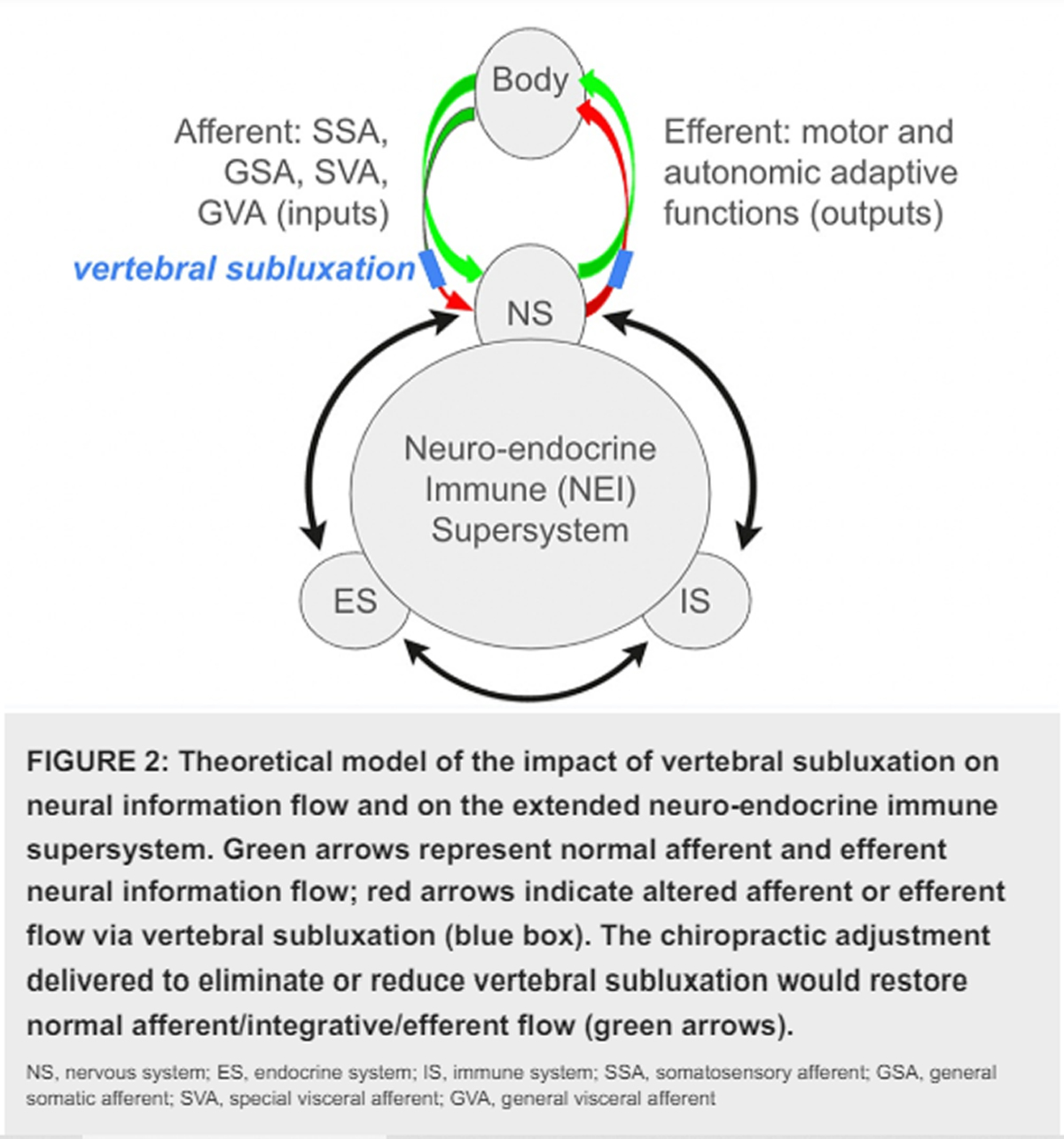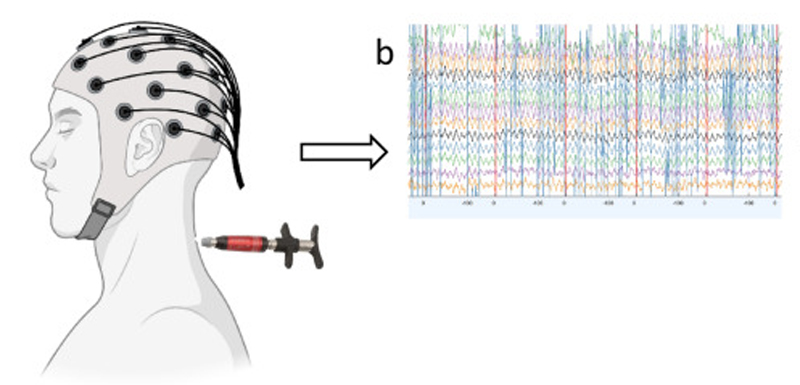Sports Management:
Basic Spinal Subluxation Considerations
We would all like to thank Dr. Richard C. Schafer, DC, PhD, FICC for his lifetime commitment to the profession. In the future we will continue to add materials from RC’s copyrighted books for your use.
This is Chapter 19 from RC’s best-selling book:
“Chiropractic Management of Sports and Recreational Injuries”
Second Edition ~ Wiliams & Wilkins
These materials are provided as a service to our profession. There is no charge for individuals to copy and file these materials. However, they cannot be sold or used in any group or commercial venture without written permission from ACAPress.
Chapter 19: Basic Spinal Subluxation Considerations
The concept that an “off centered” vertebral or pelvic segment parallels a unique effect upon the neuromuscular bed which may be the cause of, aggravation of, or “triggering” of certain syndromes is a major contribution to the field of functional pathology and clinical biology by the chiropractic profession.
This section discusses the basic biomechanics and effects of vertebral subluxations as related to the management of sports-related and recreational injuries.
Spinal Biomechanics
While the erect spinal column is a concern in static postural equilibrium, it is never actually in a static state in life. It is alternately changing from a state of “quiet dynamics” in the static postural attitude to a state of “active dynamics” in movement. These kinetic aspects of normal spinal biomechanics are an important consideration since the totality of spinal function is the sum of its individual component parts.
The Vertebral Motor Unit
An intervertebral motor unit consists of two vertebrae and their contiguous structures forming a set of articulations at one intervertebral level. Thus, what is called a vertebral “subluxation” in chiropractic is the alteration of the normal dynamics, anatomical or physiological relationships of contiguous articular structures. The components of the spinal column (the vertebral motor units) confer a quality and quantity of motoricity to the relationship of two vertebrae. They are firmly interconnected by the intervertebral disc and restraining ligaments, which are activated by muscles which respond to both sensory and motor stimulation.
The biomechanical efficiency of any one of the 25 vertebral motor units, from atlas to sacrum, can be described as that condition (individually and collectively) in which each gravitationally dependent segment above is free to seek its normal resting position in relation to its supporting structure below, is free to move efficiently through its normal ranges of motion, and is free to return to its normal resting position after movement. The motor unit has an anterior and a posterior portion, and each has peculiar characteristics; the articulations are actually the mobile or motor portion of the unit:
- The anterior portion of the motor unit includes the vertebral bodies, the intervertebral disc, the anterior and posterior longitudinal ligaments, and the other associated soft tissues. This anterior portion is weight bearing and supportive. It has very little sensory innervation. Changes or pathology affecting these structures, though they may be quite spectacular in appearance on a x-ray film and alter biomechanics and spinal mobility significantly, are seldom accompanied by much pain or other subjective discomfort in the local area.
- The posterior motor unit consists of the pedicles, neural foramina, articular processes and apophyseal articulations, the ligamenta flava and those which encapsulate the articulation, the interspinous and supraspinous ligaments, and all the muscles and other attached soft-tissue structures. The posterior portions of the motor units are rich with sensory and proprioceptive nerves. Thus, problems that affect these structures are usually painful.
Normal and Abnormal Vertebral Movements
| Review the complete Chapter (including sketches and Tables) at the ACAPress website |





A very good book for chiropractors. Too bad its out of print. I have a feeling it would be a good seller at our bookstore.
Doug
ChiropracticBookstore.com
Thanks Doug
Although the printed copies are now only available (rarely) through book sellers, the electronic versions (Acrobat files) of his books are available through his website http://www.ACAPress.com
Previously, all income generated from those sales was donated to FCER. Now I have to research what the next best place to tithe would be.
Excellent job.
Great entries so far.